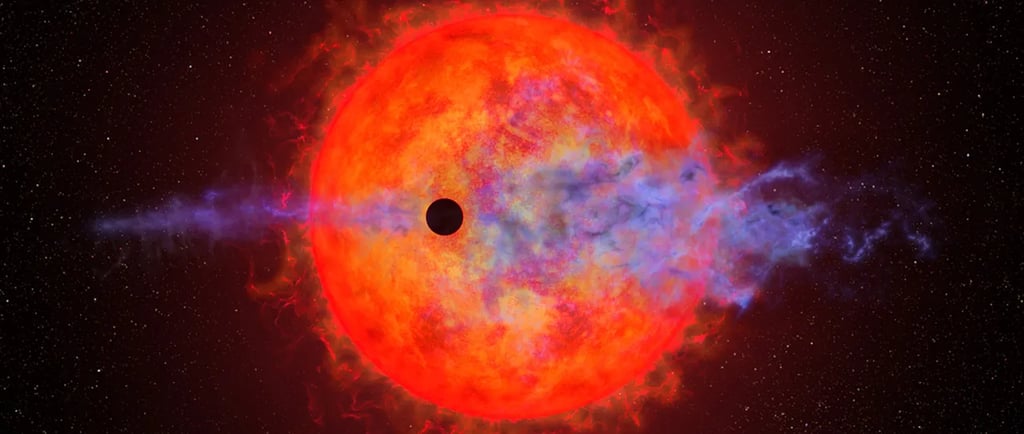AU Microscopii: A Young Solar System


Introduction to AU Microscopii
Located less than 32 light-years from Earth, AU Microscopii is a fascinating subject of study for astronomers. This young planetary system, believed to be less than 20 million years old, offers a unique opportunity to explore the characteristics and formation of early stars and their surrounding environments. The star itself exhibits interesting and varied chemical compositions, which make it a noteworthy candidate for astronomical research.
The Characteristics of AU Microscopii
AU Microscopii is classified as a member of the red dwarf category of stars. These stars are smaller and cooler than our Sun, and AU Microscopii is no exception. The surface temperature of this star is lower than that of more mature stars, providing a different chemical environment for planetary formation. The unique properties of AU Microscopii, combined with its relatively close proximity to Earth, allow astronomers to better probe the aspects of stellar life.
Observations and Findings
Recent observations of AU Microscopii have revealed that its stellar activity is quintessentially dynamic. The star showcases variability in its brightness and emits flares that impact the surrounding planetary bodies. These fluctuations highlight the youthful and volatile nature of the system. Additionally, the differing chemical compositions in motion around the star offer clues about the processes that govern star and planet formation.
Researchers are particularly intrigued by the presence of gas and dust disks surrounding AU Microscopii. These disks are crucial for forming planetary systems, acting as the building blocks for future planets. The ongoing study of AU Microscopii provides insights into how such disks evolve and the conditions that may lead to the development of habitable worlds.
In essence, AU Microscopii is more than just another star in our cosmic neighborhood; it represents a detailed view into the dynamics of a young planetary system. Understanding the chemical variations and the behaviors exhibited by AU Microscopii can significantly advance our knowledge of astrophysics and planetary formation.
